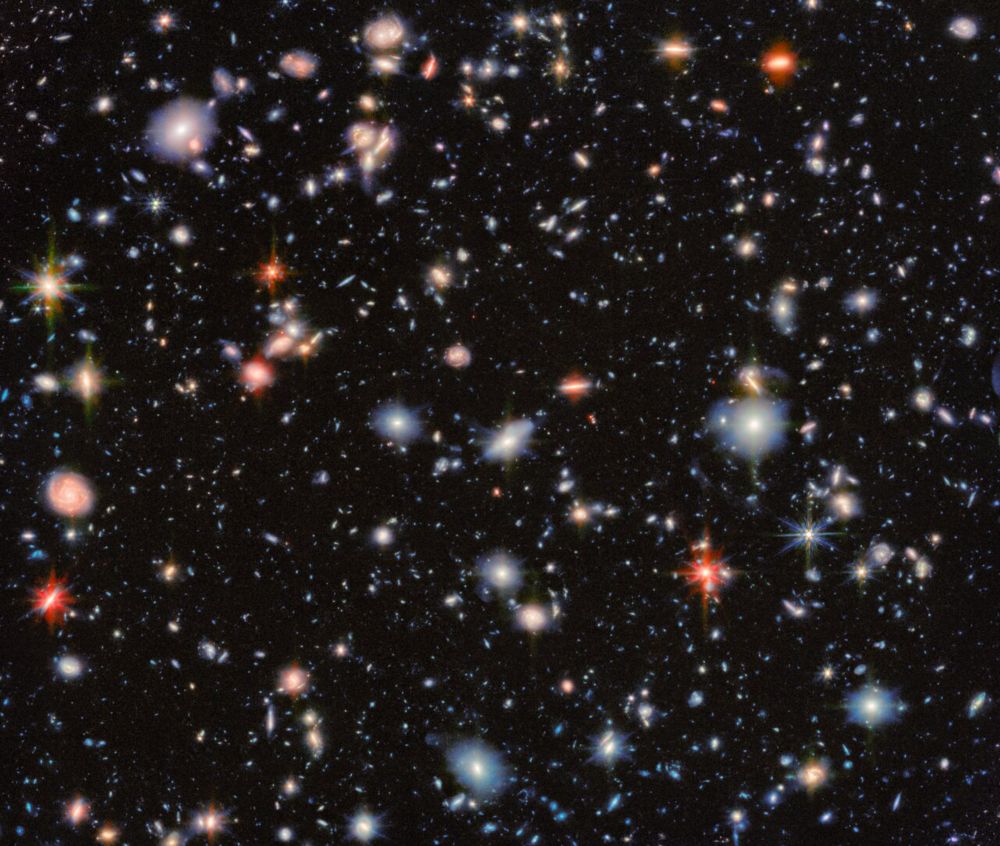
AAS Nova turned 10 this year! For our 2,000th post, we’re looking back on the past decade of astronomy research. aasnova.org/2025/10/03/a... @aas.org 🔭🧪
03.10.2025 16:11 — 👍 17 🔁 6 💬 0 📌 0@sierragrant.bsky.social
Carnegie Fellow at the Earth and Planets Laboratory. Protoplanetary + circumplanetary disks. Formerly at MPE, BU, and University of Michigan. She/her. #BiInSci 🏳️🌈✨🔭 Opinions are my own. sierragrant.com

AAS Nova turned 10 this year! For our 2,000th post, we’re looking back on the past decade of astronomy research. aasnova.org/2025/10/03/a... @aas.org 🔭🧪
03.10.2025 16:11 — 👍 17 🔁 6 💬 0 📌 0
This is an illustration of a young planet with a surrounding disc of dust and gas, potentially forming moons. The planet, which appears red, is shown at lower right, enveloped by a cloudy disc. The host star appears at upper left, and glows yellow, with its own reddish disc of debris. The black background of space is speckled with stars. At the bottom of the illustration, graphics of molecules are listed in the following order: Acetylene, Carbon Dioxide, Ethane, Benzene, Hydrogen cyanide.
Moon formation drama, a bit more understood 🌚
The NASA/ESA/CSA James Webb Space Telescope has found evidence of a ‘construction yard’ for moons around a large exoplanet, CT Cha b, which lies 625 light-years from Earth.
Read more 👉 www.esa.int/Science_Expl... 🔭 🧪 ☄️

An image of the planetary companion CT Cha b shown as a red dot next to its parent star, with a spectrum from 12 to 16 microns from JWST showing several rotational and vibrational bands in emission for several carbon molecules.
Cugno and Grant @sierragrant.bsky.social with “A Carbon-rich Disk Surrounding a Planetary-mass Companion” detected using #JWST - an impressive detection of several different carbon molecules that are very promising for #exomoon formation around the directly imaged #exoplanet CT Cha b ☄
30.09.2025 07:33 — 👍 14 🔁 5 💬 0 📌 1Thank you! It was a fun journey to get here. Soon we'll be able to see if this carbon richness is the norm for these objects or not!
30.09.2025 14:05 — 👍 2 🔁 0 💬 0 📌 0
Space Telescope Science Institute: NASA’s JWST Studies Moon-Forming Disk Around Massive Planet science.nasa.gov/science-rese...
29.09.2025 17:04 — 👍 6 🔁 1 💬 0 📌 0SO PROUD OF MY (FUTURE*) WIFE @sierragrant.bsky.social
*FUTURE MEANING SUNDAY
PRESS RELEASE DAY! Could not be prouder of this result and so happy that it's now out!!! 🤩✨
Thanks to the team at @stsci.edu for the wonderful write-up and image!

TOMORROW: Two talks, one big night of discovery!
Join Earth & Planets Laboratory postdocs Sierra Grant & Shubham Kanodia as they reveal how planets are born—and the giants that defy the rules. #NeighborhoodLecture
📅 Sept 25 | 6:30 PM ET | DC & Online
🔗 RSVP: carnegiescience.edu/birth-worlds...

Three planeteers look through a mockup of a Curiosity rover wheel
The best part of my job is the people I get to work with 🪐💙
21.09.2025 01:57 — 👍 11 🔁 4 💬 0 📌 0Yes! Came out this morning -- the first chemistry study of a disk around a planetary-mass companion! Truly only possible with the power of MIRI MRS: angular resolution 🤝 spectral resolution
20.09.2025 01:20 — 👍 2 🔁 0 💬 0 📌 0What an incredible thing to do every week! And yay for hitting such a high number!
19.09.2025 23:33 — 👍 1 🔁 0 💬 1 📌 0
We detect benzene (C6H6), which comes in the form of this fun ring!
19.09.2025 23:31 — 👍 2 🔁 0 💬 0 📌 0Thanks, Linn!! It still blows my mind too...!
19.09.2025 16:53 — 👍 1 🔁 0 💬 0 📌 0🤯🤯🤯 circumstellar disk chemistry? No, circumPLANETARY disk chemistry!
What an INCREDIBLE result! Check it out below ⬇️🧪🔭🪐
🪐🔭 JWST is letting us learn about disks around PLANETARY-MASS OBJECTS!!!
19.09.2025 15:57 — 👍 24 🔁 5 💬 1 📌 1This started as preparation for Cycle 4 -- and made it possible for those proposals to succeed! Then it was just two people who were so excited to dig into the data and see where it led. I'm immensely proud of this work, grateful to have done this with Gabriele, and so excited for the data to come!✨
19.09.2025 15:22 — 👍 3 🔁 0 💬 0 📌 0
This C-rich chemistry is in stark contrast with the disk around the host star, CT Cha A, where we only find O-bearing molecules. CT Cha A fits in well with other Sun-like objects, while CT Cha b extends disk chemistry trends down to the planetary-mass regime.
19.09.2025 15:22 — 👍 5 🔁 0 💬 1 📌 0
Today is a special paper day for me: for the first time we can do chemistry in a circumplanetary disk around a planetary-mass companion! Gabriele Cugno and I used JWST to tease out the signal of CT Cha b, finding a rich carbon chemistry (7 molecules + 1 isotopolog detected)! arxiv.org/abs/2509.15209
19.09.2025 15:22 — 👍 37 🔁 4 💬 5 📌 2Feel free to reach out if you have any questions about Carnegie! It's an amazing place to be a postdoc!
04.09.2025 01:18 — 👍 4 🔁 0 💬 0 📌 0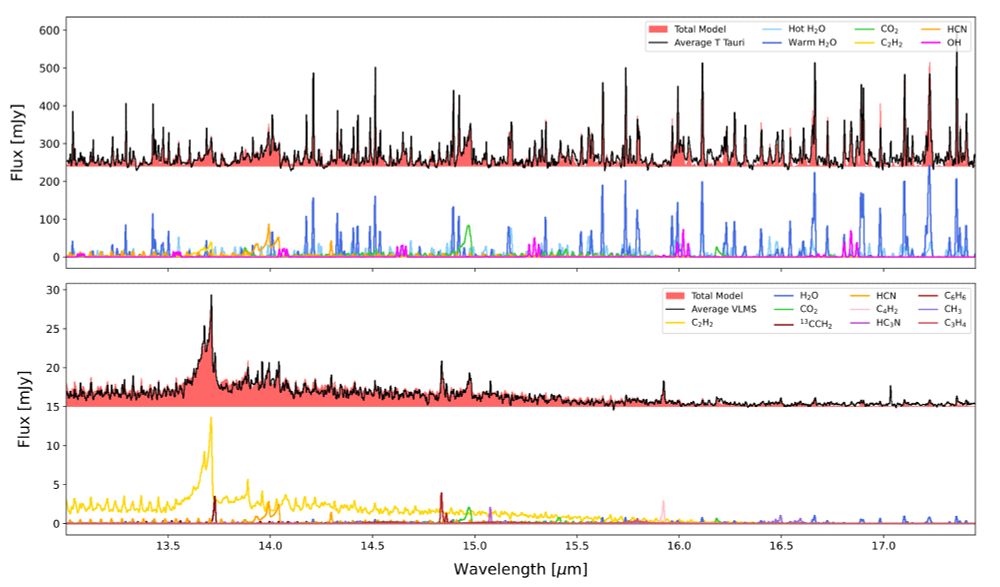

Another MINDS JWST paper! We explore the stark transition from H2O-dominated spectra in Sun-like systems to the carbon-rich chemistry seen for low-mass objects. We don't know exactly what is driving this trend, but we explore the possibilities that may be acting in concert.
arxiv.org/pdf/2508.04692
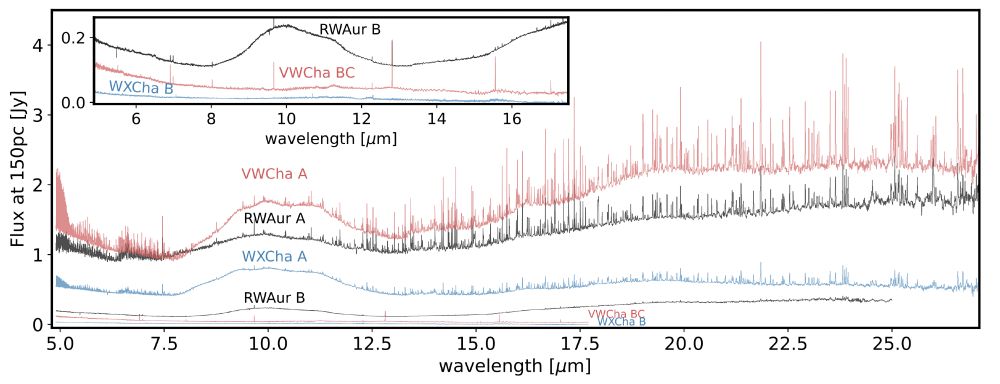
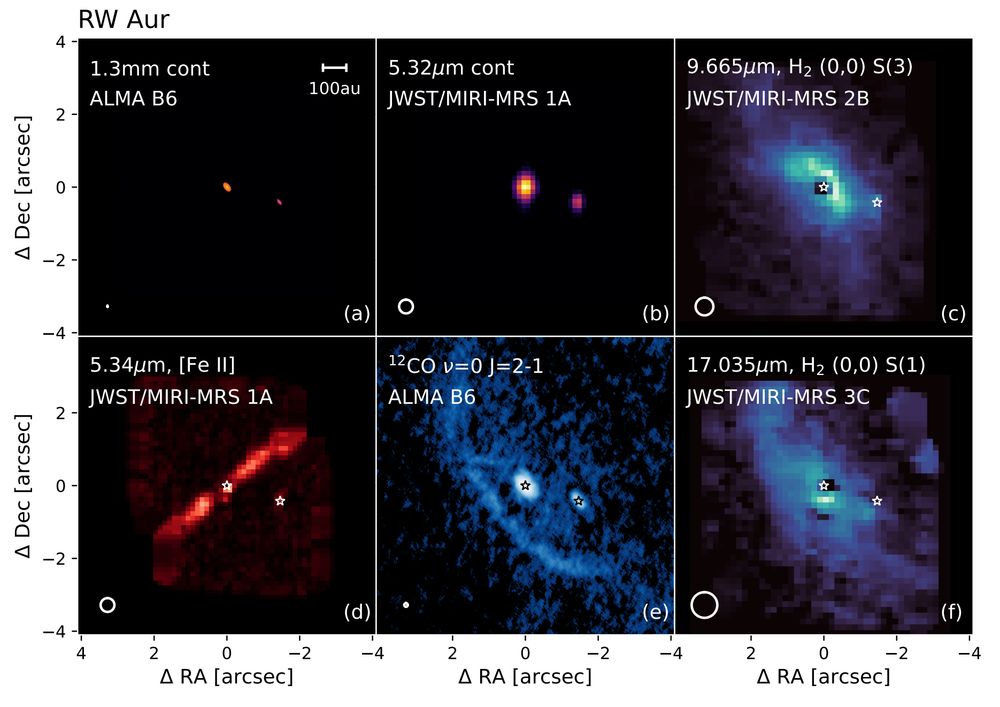
New MINDS paper from Nicolas Kurtovic, focused on binary systems. Spectra, extended emission, variability, multi-observatory analysis -- there's something for everyone!
arxiv.org/pdf/2508.02576
Or permanent jobs 😬
09.07.2025 17:46 — 👍 3 🔁 0 💬 0 📌 0Our cat, but now in spherical form 😍
17.06.2025 18:42 — 👍 4 🔁 0 💬 0 📌 0A spotted star, a (very!) misaligned planet, and awesome gifs, what more could you want?! 🤩
16.06.2025 14:40 — 👍 2 🔁 0 💬 0 📌 0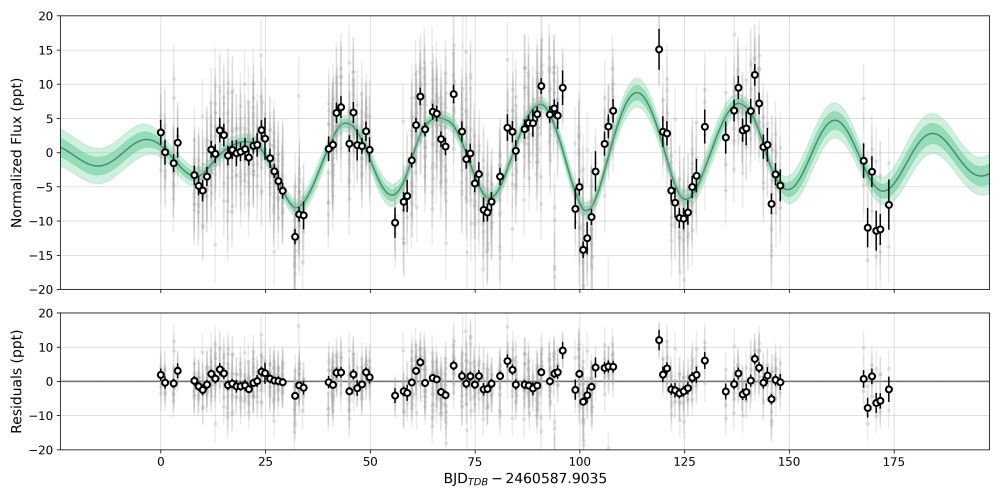
Now published in AJ! We used Tierras to measure the 23-day rotation period of a K dwarf and found that the orbit of its transiting planet is aligned with the star's spin axis. Stay tuned as we measure true obliquities for a larger sample!
iopscience.iop.org/article/10.3...
Great work by Kielan Hoch and team on this incredible two-planet system!! We will revisit this target with MIRI-MRS next year to hunt for molecules in the disk around planet b, in a program led by Gabriele Cugno and me, and with Kielan's expertise on the system 🥳🪐
11.06.2025 00:10 — 👍 14 🔁 1 💬 0 📌 0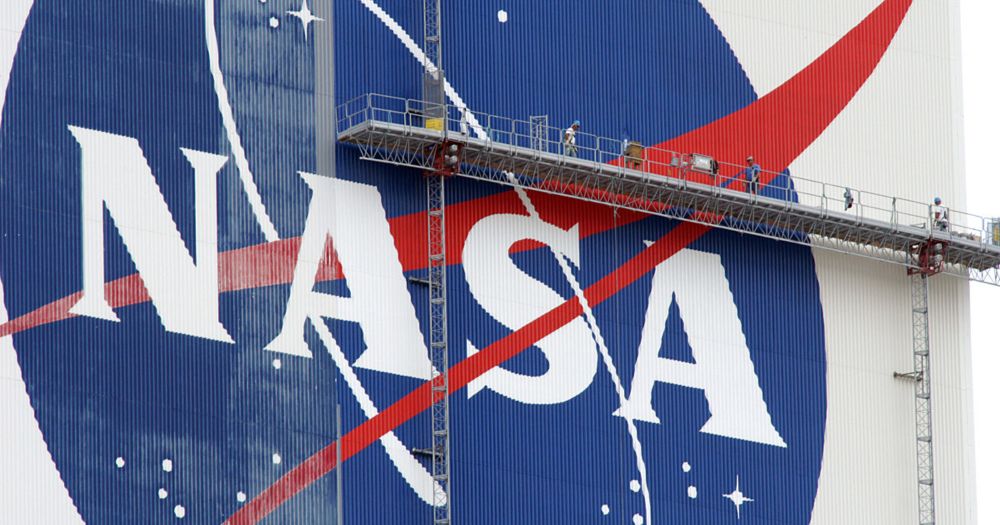
Save NASA Science: Please join me in signing this petition from The Planetary Society, urging Congress to reject the deep cuts to science that have been proposed by the administration. www.planetary.org/advocacy-act...
01.06.2025 21:47 — 👍 63 🔁 21 💬 1 📌 3〰️〰️〰️〰️ New paper from @tamburo.bsky.social! 🤩
07.05.2025 16:11 — 👍 0 🔁 0 💬 0 📌 0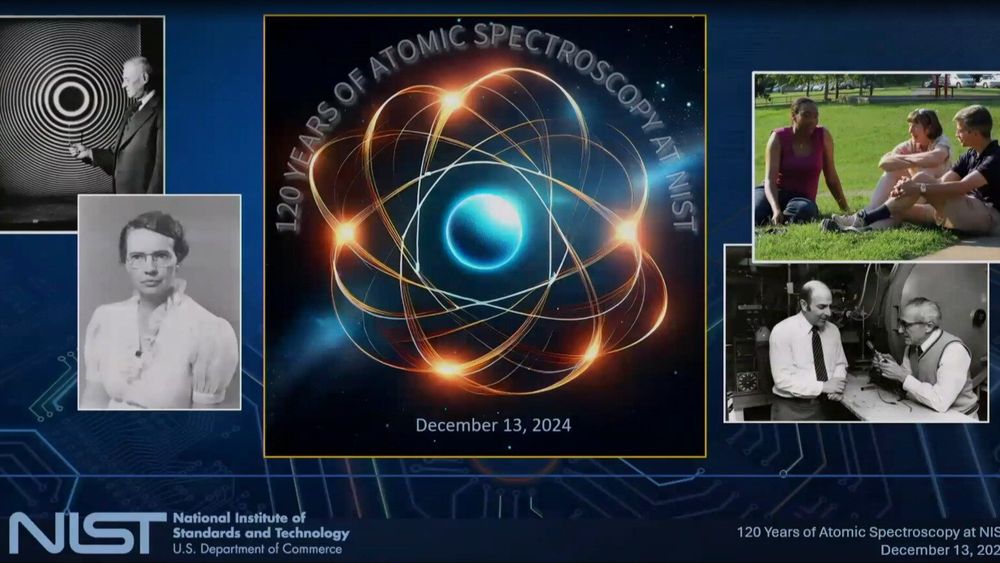
The data produced by this group has been an essential resource for so much great science. We use their data and websites to interpret our JWST spectra of protostars. It is exactly the kind of foundational investments the US should be making to advance science. www.change.org/p/oppose-the...
17.04.2025 16:35 — 👍 10 🔁 8 💬 0 📌 0I received a heartbreaking email today: A paper in a special issue I’m editing is being retracted because one of its authors is afraid of losing their job and their legal status in the U.S. if they publish a scientific study on evolution. Yes, on evolution, nature's engine of diversity.
29.03.2025 23:52 — 👍 43617 🔁 12149 💬 1108 📌 794